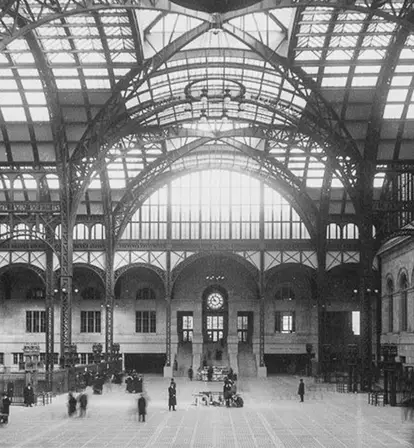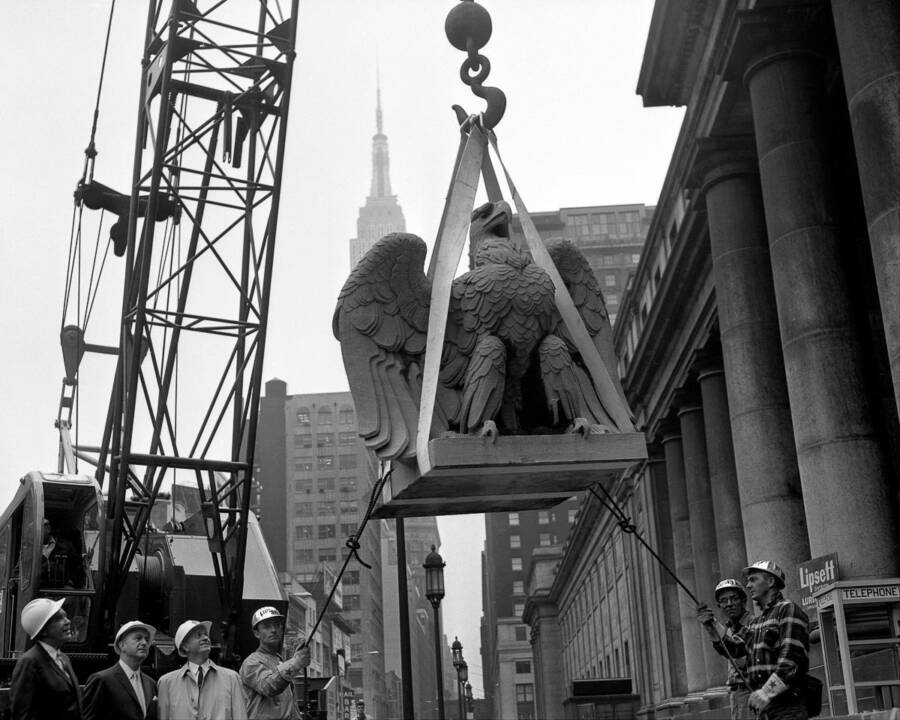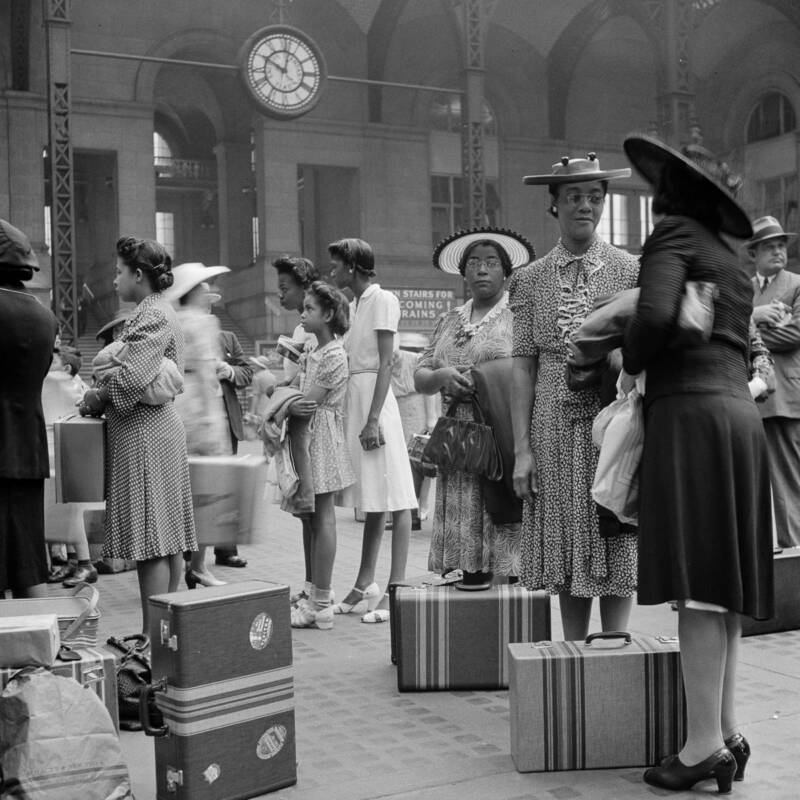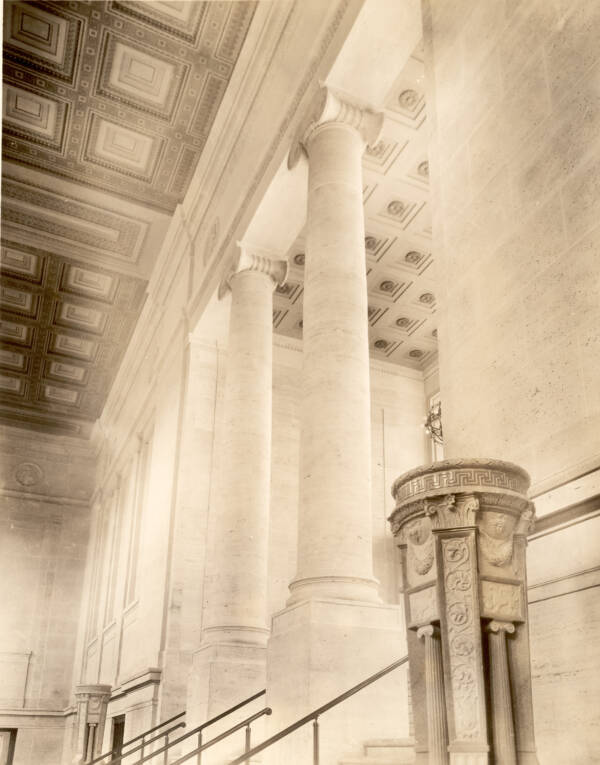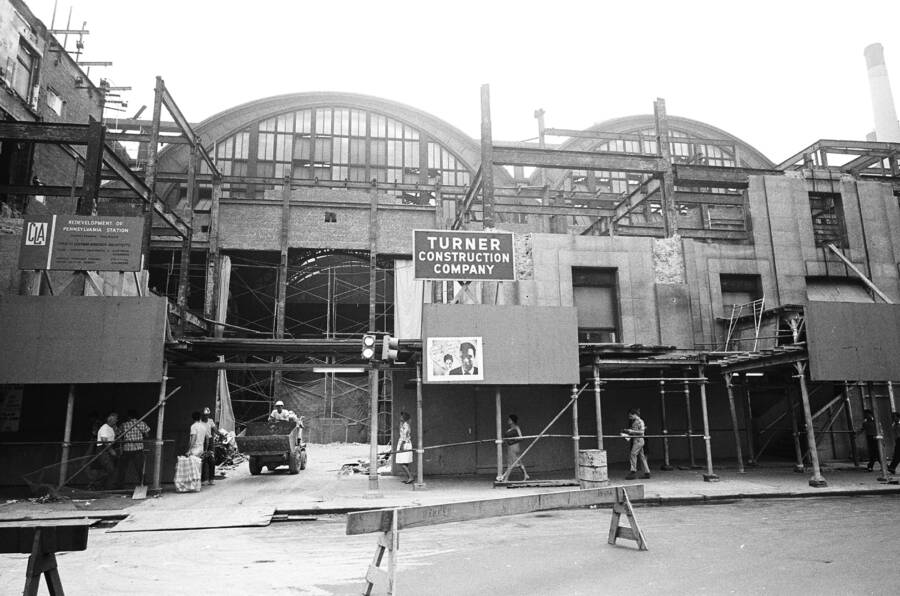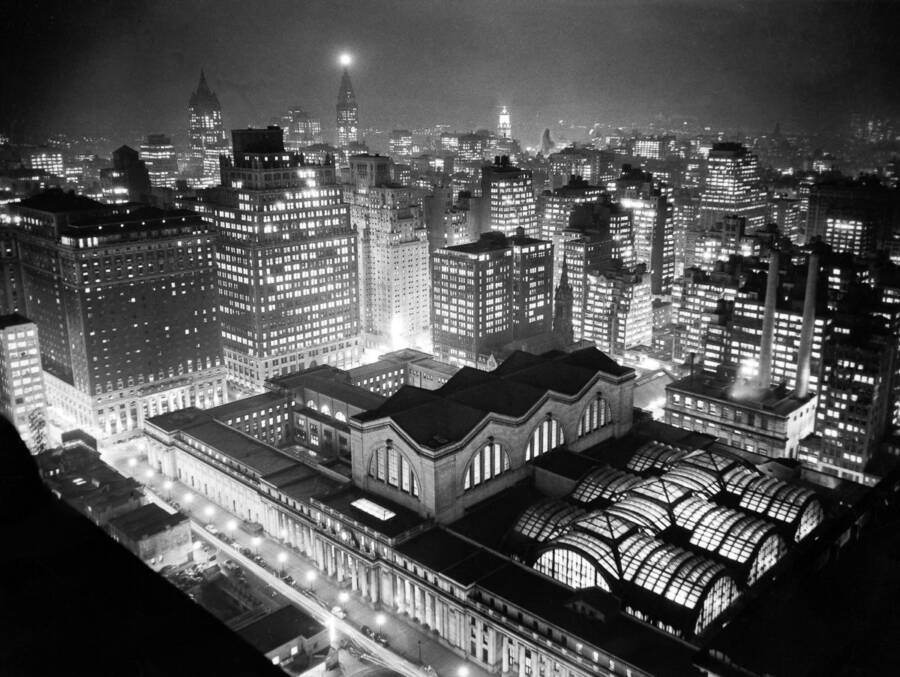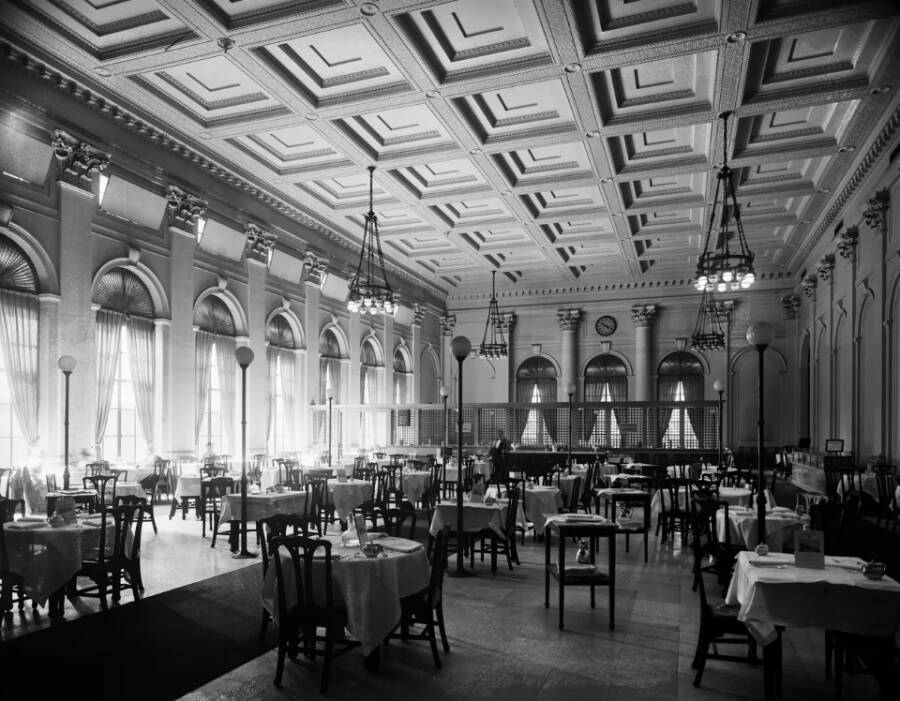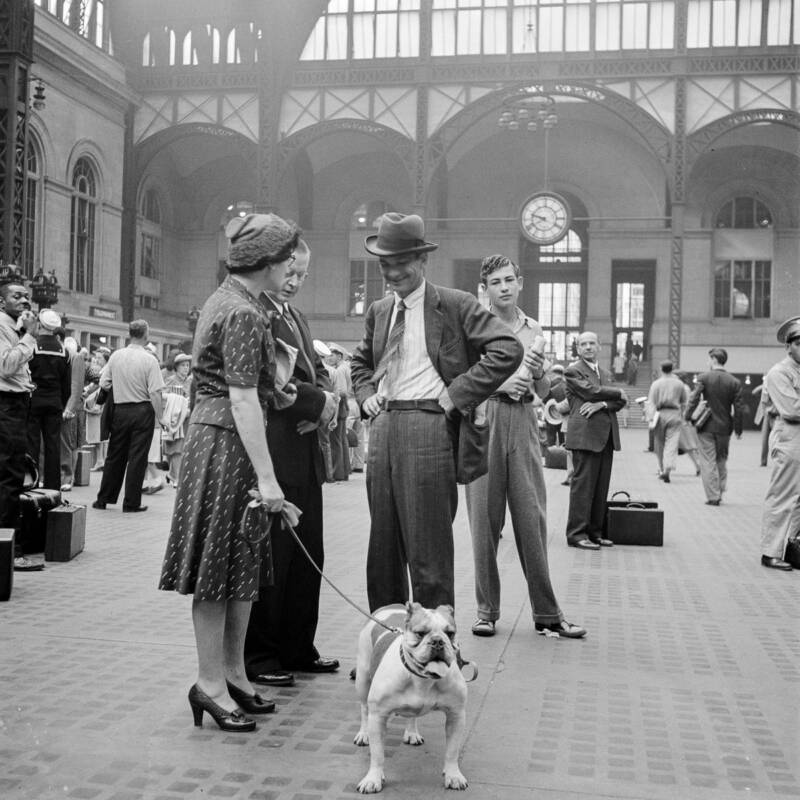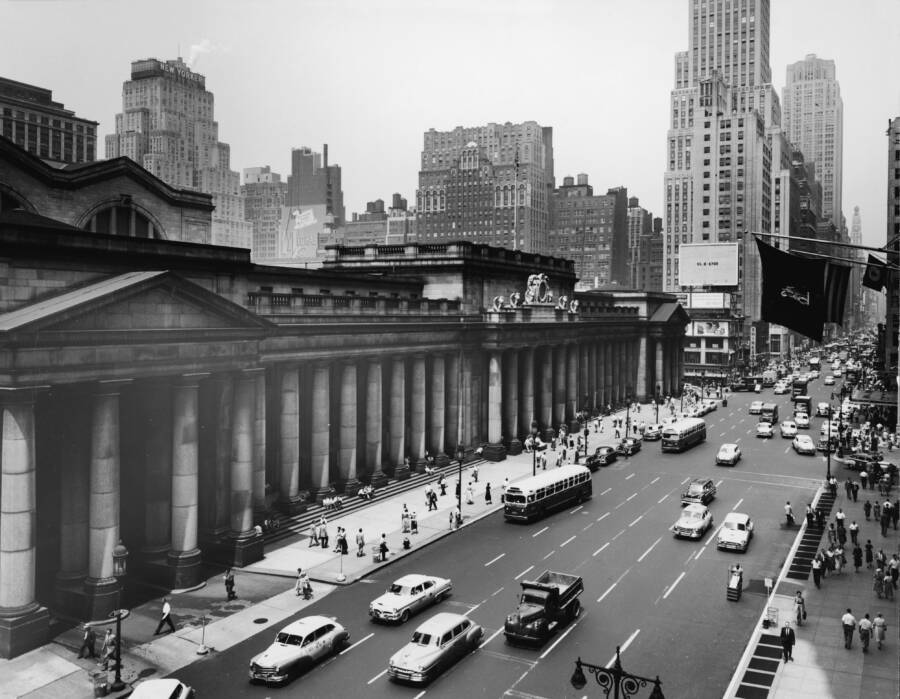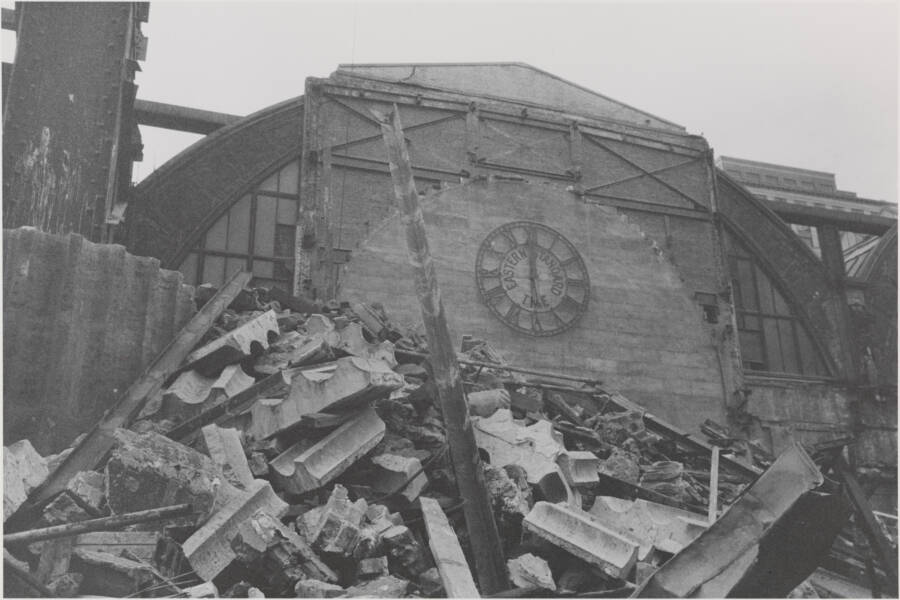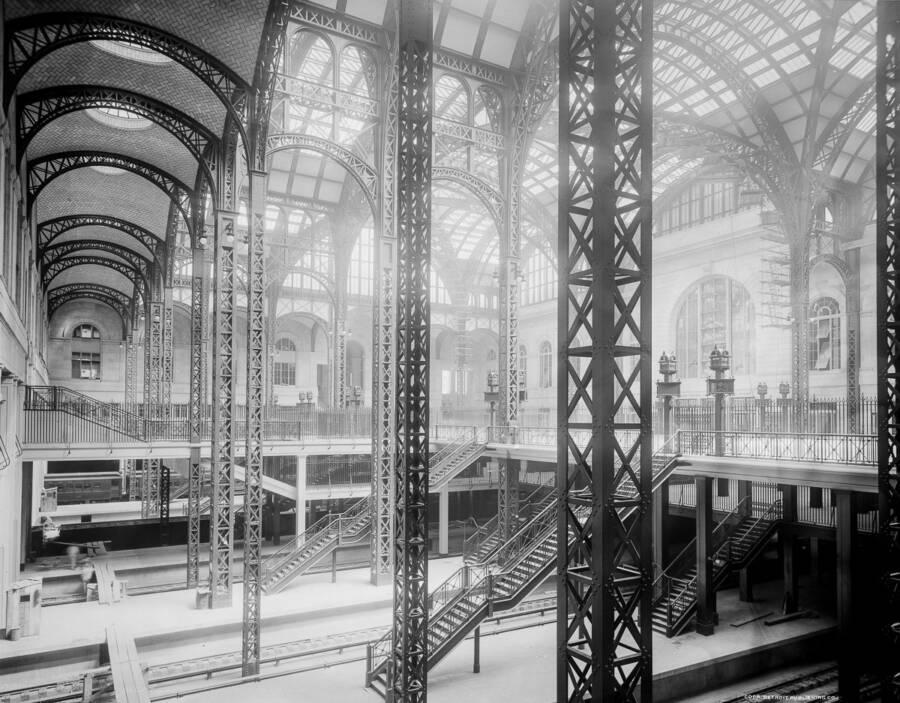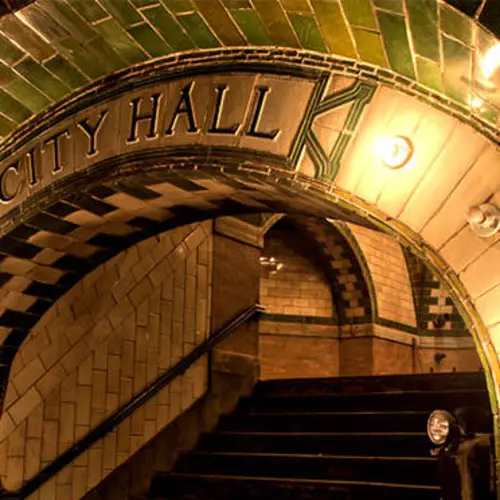Its overcrowded tunnels make it difficult to imagine but the old Penn Station was America's most treasured train station. Now, New York wants to bring it back.
Before New York City's Pennsylvania Station became the busiest transit hub in the country -- and one of the most reviled train stations in America -- it was a classic example of beautiful Beaux-Arts architecture and the fourth largest building in the world.
Now, decades after it was demolished and rebuilt to be completely underground, New York's plans to restore the former architectural landmark are underway. Take a look at Penn Station's complicated past.
The Old Penn Station
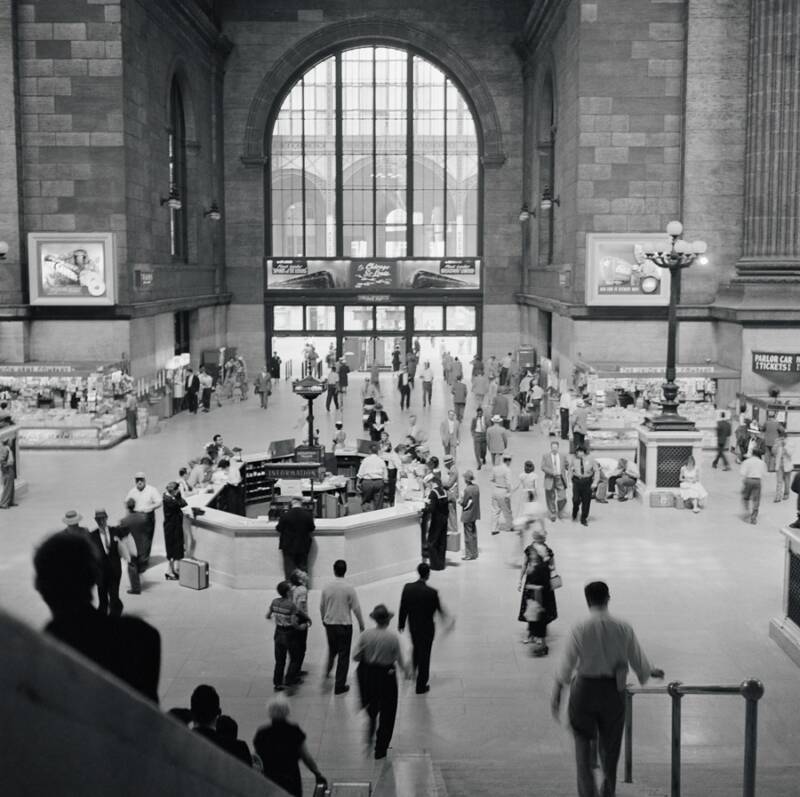
Getty ImagesThe interior inside Penn Station nearby the information booth.
Before it was reduced into the confusing underground labyrinth that it is now, Pennsylvania Station — simply referred to as Penn Station these days — was an architectural marvel. The old Penn Station was built in 1910 after it was commissioned by the Pennsylvania Railroad Company (PRC) as a means for commuters to get across the Hudson River without jumping on a ferry.
The project was supposed to be another impressive feat of engineering by the PRC which billed itself as "the standard railroad of the world" in the early turn of the 20th Century. During the construction of the original building, Penn Station stretched over eight acres of land in Manhattan, making it a prominent landmark in the city.
But more impressive was the design inside. The main waiting room of the old Penn Station was modeled off of the Roman Baths of Caracalla, and was the biggest indoor facility New York City had ever had.
The majestic structure featured a striking marble ceiling that hovered above commuters at 148 feet high, accentuating its classic Beaux-Arts design. The stately train station also featured pink granite, a grand staircase 40-feet wide, and a dignified colonnade outside with iron-and-glass roofs that hanged over the train platforms.
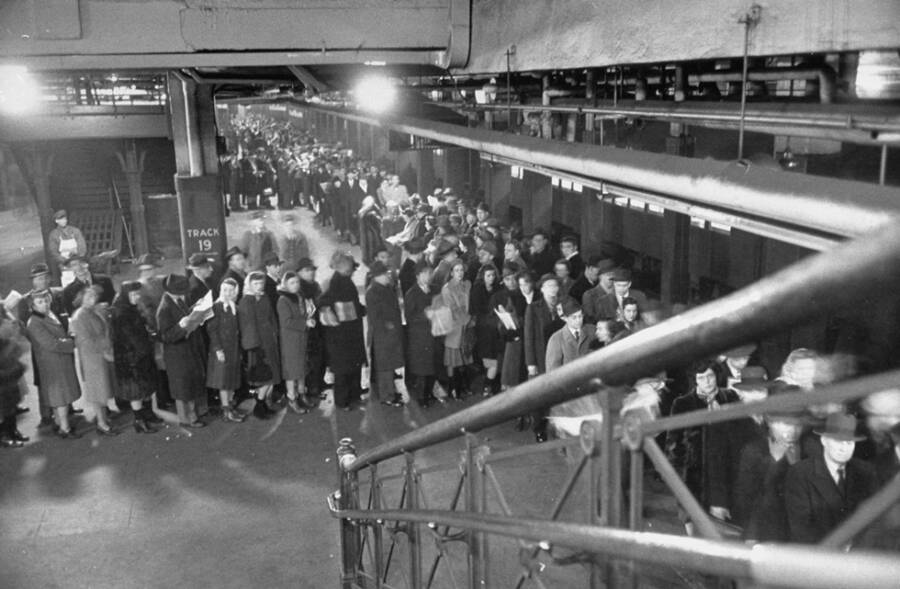
Ralph Morse/The LIFE Picture Collection via Getty ImagesCrowds lining up for seats in Penn Station.
The magnificent architectural features of old Penn Station was the brainchild of Charles McKim, who came from a prolific firm known for its Gilded Age designs. Besides drawing inspiration from the Ancient Roman baths, McKim also sought his ideas from the grandeurs of European landmarks.
The colonnaded exterior of Penn Station, for example, was modeled off Gian Lorenzo Bernini's Piazza San Pietro and John Soane's Bank of England building.
Back then, Penn Station wasn't just a train station, it was considered a state-of-the-art transportation facility, too.
The main reason behind the station's construction was to provide a more efficient way for commuters across the river to get into Manhattan.

Geo. P. Hall & Son/The New York Historical Society/Getty ImagesAn arcade and drug store inside the station.
Because there was no other way to cross the Hudson without getting on a boat, passengers would have to go through the hassle of transiting off the trains which stopped at the edge of the Hudson river. They would need to board and disembark again at the port before taking the ferry across.
"They were met with total chaos at the busy port, which was unacceptable to the Pennsylvania Railroad, which was determined to get across the river," said historian Jill Jonnes during a panel about the station's history at the Museum of the City of New York.
To realize their ambitions to tunnel under the river, the PRC enlisted English engineer Charles Jacobs, who had already constructed other tunnels the city's East River, to spearhead the construction. After they succeeded, Penn Station became one of the greatest engineering feats of its time.
Demolishing A Landmark
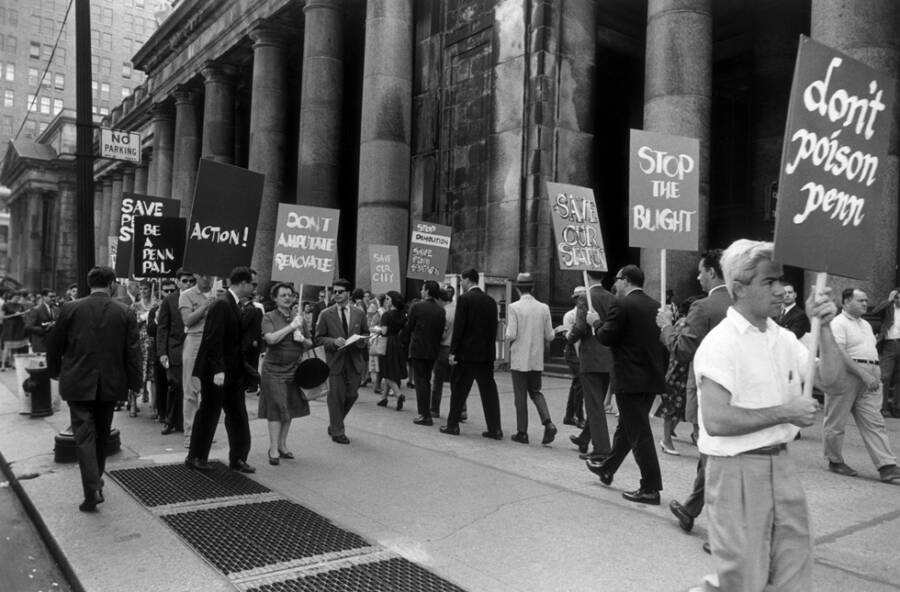
Walter Daran/Hulton Archive/Getty ImagesProtesters marching with placards outside Penn Station with signs that read 'Don't Poison Penn' and 'Don't Amputate Renovate.'
Sadly, however, the novelty of Penn Station's grandeur wore off and reality set in. The train boom that the Pennsylvania Railroad Company had been banking on, which would have driven revenue from the stream of passengers commuting through the newly built station, did not come to fruition.
Though the old Penn Station served 100 million passengers yearly during its peak in 1945, more people were being drawn by the affordable air travel industry that began in the late 1950s. The Interstate Highway System also made it easier to commute on land without hopping on a train. These trends in traveling habits among the public had a drastic impact on the amount of train passengers commuting through Penn Station.
In the end, the PRC was unable to afford the upkeep of Penn Station's beautifully-designed structure and corridors, so they were keen to find a way to get it off their hands while making a little bit of money. The PRC knew they could make big money by selling the air rights above the station which ultimately led to the old Penn Station's demise.
In 1962, plans were revealed to demolish the terminal and build Madison Square Garden on top of it. The new design made the train station entirely underground, meaning there was no need for the stately architecture above it, leaving the PRC free to make a little bit of money off Madison Square Garden's construction.

Robert R McElroy/Getty ImagesCommuters were still able to go through the station during its three-year dismantling.
The decision drew between 150 and 200 picketers in front of Penn Station to protest the structure's demolition, collecting signatures for a petition against the station's leveling. Most of the protesters were from the Action Group for Better Architecture which was formed by a band of designers and architects after the Penn Station demolition plans were made public.
The New York Times even called the structure's intentional dismantling a "monumental act of vandalism." Regardless, the station's demolition began a year after the plans were first announced.
The intentional destruction of the old Penn Station left a bad taste among the city's architectures who believed that the train hub should have been saved as part of New York City's architectural heritage. But not all was lost.
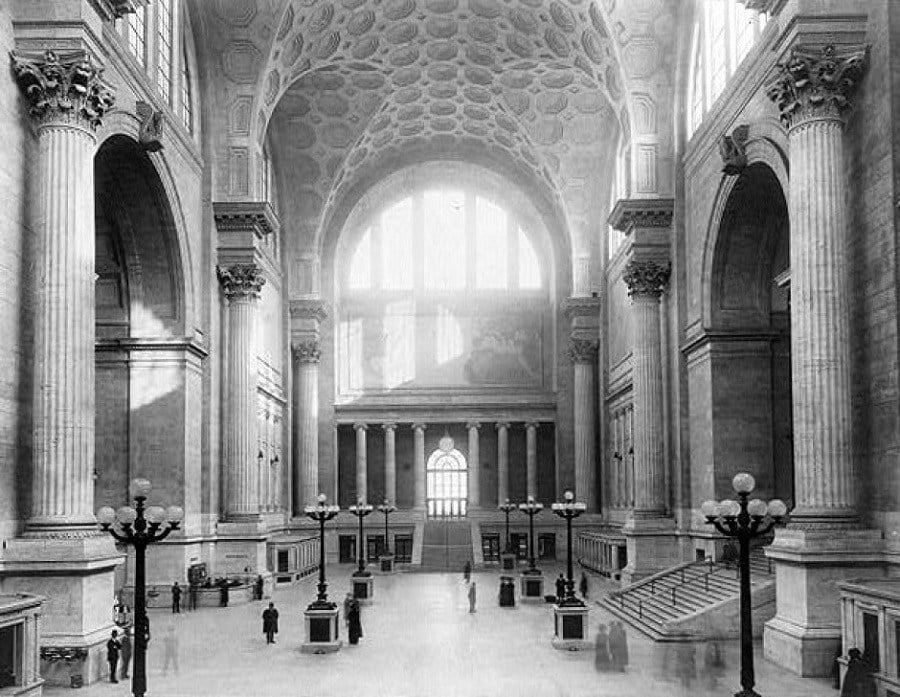
Wikimedia CommonsBefore it was demolished in 1962, the old Penn Station was a majestic architectural landmark.
The protest against Penn Station's demolition, though relatively small, was enough to spark the architectural preservation movement in the U.S.
The Landmarks Preservation Commission (LPC) was formed largely due to the loss of the original Penn Station. The New York Landmarks Law was also passed three years following Penn Station's demolition. Indeed, that law helped save the Grand Central Terminal and more than 30,000 other buildings from similar fates.
Penn Station, Resurrected
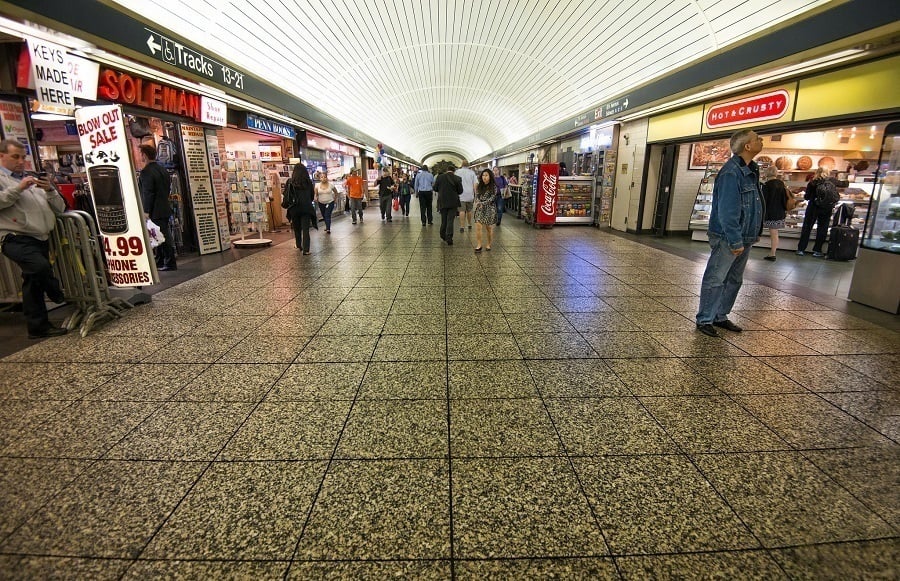
FlickrNow, Penn Station serves 650,000 commuters daily.
Ironically, train ridership in and out of the city through Penn Station has grown tremendously since the fall of the old transit hub.
Once considered an unnecessarily expensive endeavor, Penn Station — the new station constructed completely underground — is now the busiest terminal in the country. Today, nearly 650,000 commuter rail and Amtrak riders commute through the station each day, making its modern maze design completely inadequate to herd passengers between corridors efficiently.
"Penn Station is un-New York. It is dark, it is constrained, it is ugly, it is dated architecture, it is a lost opportunity," New York Governor Andrew Cuomo said of the newer Penn Station. "Frankly it is a miserable experience... It is a terrible impression" of New York, he continued.
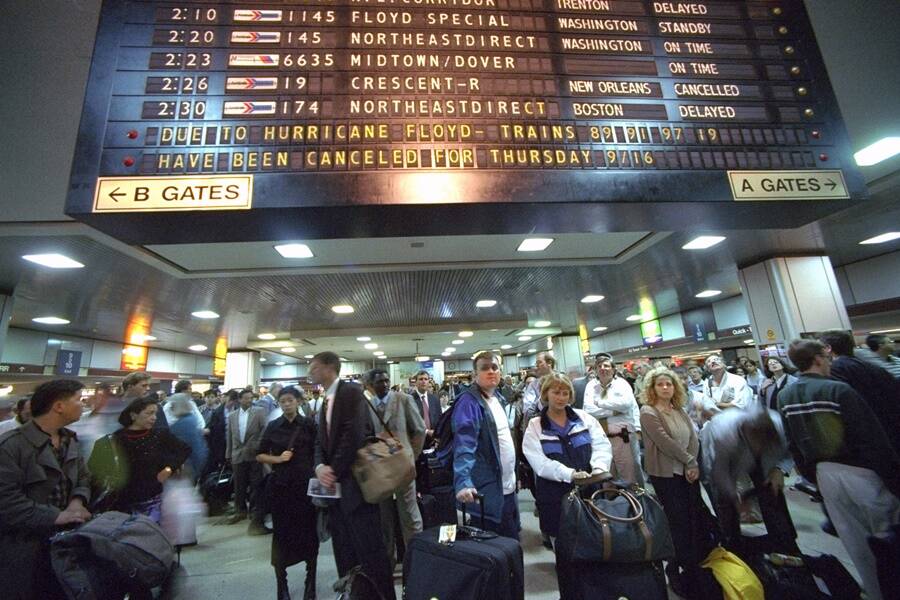
David Handschuh/NY Daily News Archive via Getty ImagesModern Penn Station is the busiest train station in the country, yet it is also one of the worst in terms of accommodating volume of commuters.
To rectify this, the state government has proposed to rebuild Penn Station — well, kind of.
As of September 2018, part of the historic James A. Farley Post Office, located right across from the old Penn Station to complement the station's old Beaux-Arts style structure, has been gutted and remodeled to make way for New York's new Moynihan Train Hall.
The billion-dollar project will have the new train hall connect with the current underground Penn Station, providing passengers with new entrance points to the station, more tracks, and a larger space for the commuter crowds.

New York Governor's OfficeThe state is in the midst of an ambitious project to build new entry ways into the underground station to alleviate passenger congestion.
As part of this overhaul, construction will also be done along the city's 33rd Street to build a grand entrance into Penn Station. The station entrance will lead to a spacious sun-lit pedestrian plaza that stretches between Seventh to Eighth Avenues.
Governor Cuomo said that the new Penn Station entrance was part of a holistic effort to transform it into a "world-class" facility — not unlike the original structure that had been built over a century ago before it was leveled to dust. The entirety of the Moynihan Train Hall is expected to be completed in 2020.
Although the new Penn Station plans are not exactly Roman-esque architectural feats, they will certainly provide passengers with a better experience than they are subjected to now going through the historic train station.
Now that you've learned all about Penn Station's complicated history, get a glimpse of old New York before the skyscrapers in 39 vintage photos. Then, read about six other historical train stations from around the world.
